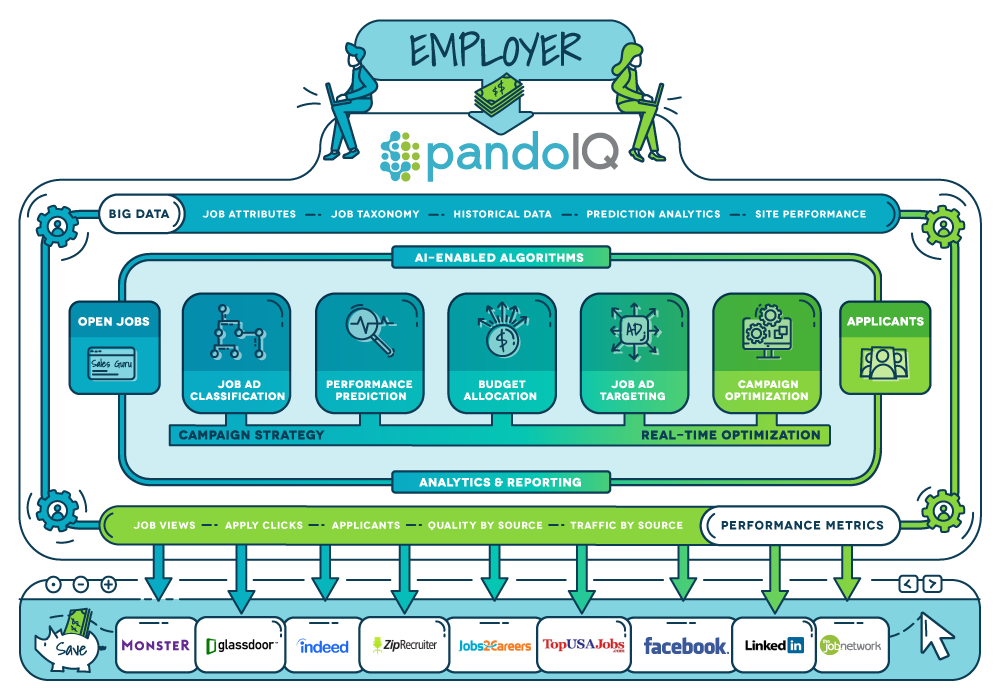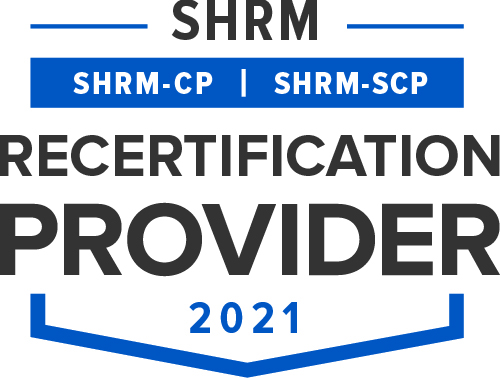I was traveling this past week and took a flight on Delta Airlines. I’m a big Delta fan. I’ve flown on just about every airline in the United States, and I will go out of my way to find Delta flights. One of the perks is, as a frequent flyer, you get upgraded, etc.
This week I was in first-class, as a frequent flyer perk, in if you’re flying back from Florida, during Covid, on a mid-week, mid-day flight, I’m most likely getting upgraded because it’s not a full flight. At the end of this flight, the flight attendant in the first-class came around to thank each person for their business.
20 first-class seats, about 2/3 of the seats were full. She came to each person seated in first class and said this exact same phrase to each person:
“Thank you for your business, we appreciate it.”
So, within about 3 minutes, in a fairly small area, I heard “Thank you for your business, we appreciate it” fifteen times. While I completely understand the theory of wanting to let your best customers know they are appreciated, this exercise was a bit comical!
How did we get here?
I’ve been flying Delta for years. So, it’s not uncommon when I’m on a flight to have a flight attendant stop by my seat and thank me for my patronage. It doesn’t happen every flight, but enough that it doesn’t surprise me. It’s usually very personal, and discrete. “Mr. Sackett, I want to thank you for flying with us today, I hope your trip was pleasant…”
The pandemic has been really rough on the airline industry.
My guess is someone at Delta, probably some executives, were sitting around and looking at data and they were like, holy crap, we need to keep our frequent flyers! They are the ones who will come back first, and we need them now more than ever! How do we “retain” our best customers!?!
Brainstorming commences. Ideas flow. The corporate machine starts to work and do its thing. Out the other end of that machine comes an edict, “From now on, every single one of our first-class passengers will be told we appreciate them!”
Sounds good in theory, not so much in real life.
“Thank you for your service, we appreciate you””Thank you for your service, we appreciate you””Thank you for your service, we appreciate you””Thank you for your service, we appreciate you””Thank you for your service, we appreciate you””Thank you for your service, we appreciate you””Thank you for your service, we appreciate you”…
A broken record skipping over the same lyric fifteen times. It doesn’t feel thankful or appreciated, it feels like you’re making a person do this, as a condition of employment.
Again, I love Delta and the Delta brand! I will continue to fly Delta and go out of my way to fly Delta. This is a story not about Delta, but about how management doesn’t always understand what’s really going on in the field.
In theory so much of what we do as leaders make sense in the conference room. Makes sense in the email we send. It all sounds so good! “Look, we are going to make our best customers feel appreciated and wanted!” Yes! We must do that! We need to do that! It’s going to sound like, “Mr. Sackett, how are you today? Is there anything I can get you to make your flight more enjoyable? Also, please let me tell you how much we appreciate your continued business during this trying time. We couldn’t do this without you.”
That sounds nice, thoughtful.
What edicts have you sent down from up on high that sounded awesome, but totally failed in execution at ground level? How often are you asking yourself this question?


